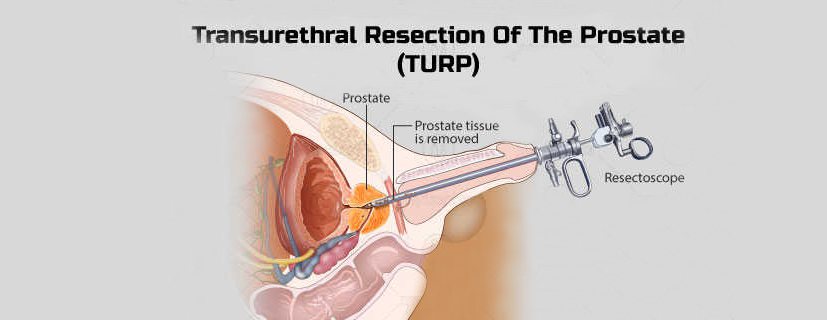Book Appoinment
TURP, TURBT


TURP (Transurethral Resection of the Prostate) and TURBT (Transurethral Resection of Bladder Tumor) are both surgical procedures performed in urology to treat specific conditions involving the prostate and bladder, respectively. Here's a brief overview of each procedure:
TURP (Transurethral Resection of the Prostate): TURP is a surgical procedure primarily used to treat benign prostatic hyperplasia (BPH), a non-cancerous enlargement of the prostate gland that can cause urinary symptoms. The procedure aims to remove excess prostate tissue that is obstructing the urinary flow. Here are the main steps involved in TURP:
a. Anesthesia: The patient is typically placed under general or regional anesthesia to ensure comfort during the procedure.
b. Insertion of the resectoscope: A resectoscope, which is a thin tube with a light and a cutting loop at the end, is inserted into the urethra and advanced to the prostate.
TURBT (Transurethral Resection of Bladder Tumor): TURBT is a surgical procedure used to diagnose and treat bladder tumors, which can be cancerous or non-cancerous. The procedure involves the removal of abnormal tissue from the bladder lining for further examination. Here's a general outline of TURBT:
a. Anesthesia: The patient is usually placed under general or regional anesthesia.
b. Insertion of the cystoscope: A cystoscope, a narrow tube with a light and camera, is inserted into the urethra and advanced into the bladder.
